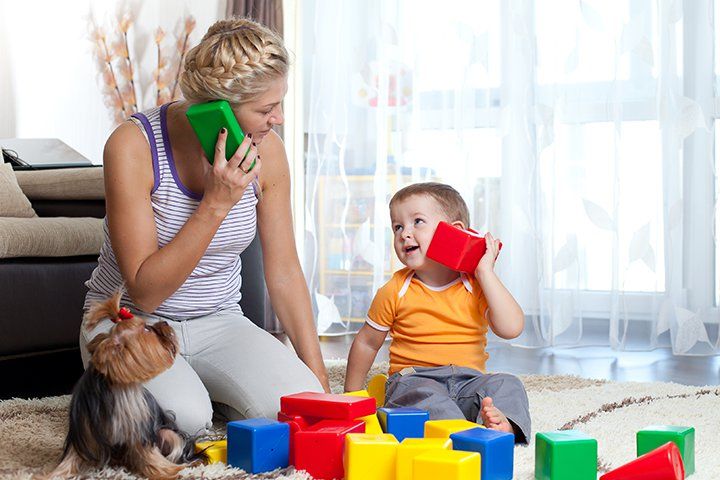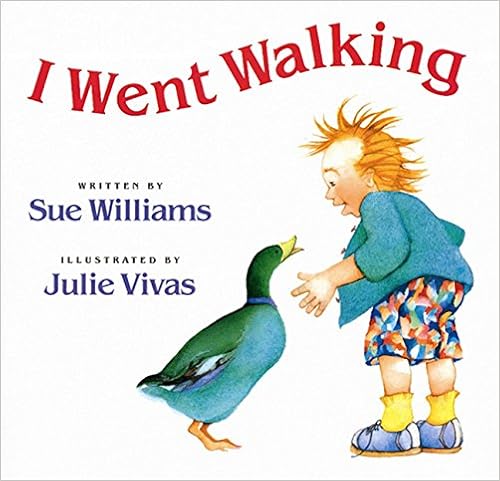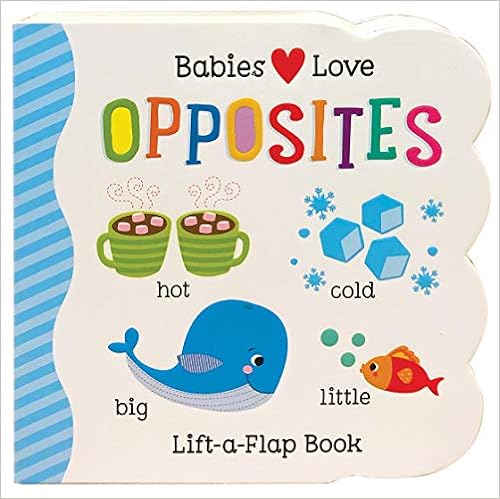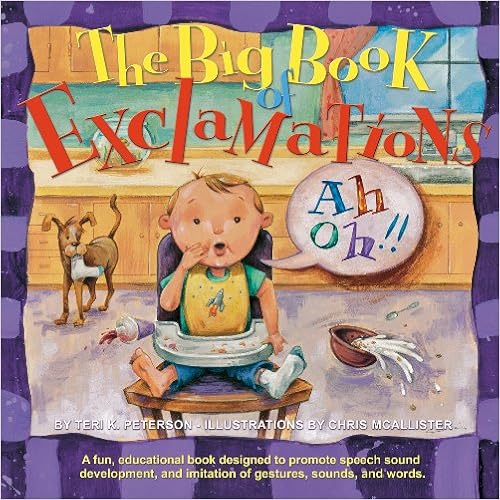
Helping Your Toddler Talk Expressive Language
Are you concerned that your toddler isn’t saying enough words? Does your child get frustrated when they are trying to tell you something? While we understand it’s a parents job to be aware, it’s important to understand what is the norm for toddler language development. These are the guidelines considered standard in our field: 18 month olds say 5-20 words while 24 month olds say approximately 100+ words. Most 18 -24 month olds say the following sounds: p,b,d,h,m,n. Speech language pathologists can assess if your child’s language development is within normal limits or if there is a delay.
The first step is to gather information regarding your child’s receptive and expressive language skills. Receptive language refers to your child’s ability to understand the world around them while expressive language skills involve the sounds, word approximations and words that your child is saying. And before delving into a potential speech delay, it is important to rule out a problem regarding your child’s hearing. Has your child had many ear infections? Has their hearing been recently checked by an audiologist?
Learning words and helping your child expand their language should be fun! Here are some ideas on how to make learning language not only enjoyable for your child, but easy on you. Repeat the sounds/words your child says so that they feel the words they do say have meaning. If your child says “Hi”, respond by saying ‘Hi, hi”, “Hi Mom” or “Hi Sam”. Or if your child says “dau” for “dog”, you could say “dog”, “big dog” or “brown dog”. Repeating the sounds/words your child says is encouragement for them to keep trying to communicate with you. It’s a fact that children learn best through play, so try to “play” with sounds and words to make this learning process as dynamic as possible. It can also be helpful to keep a running list of the sounds and words your child says. This will serve as a reminder of the sounds that are in your child’s repertoire and the ones that should be repeated by you as you engage with your little one. One example of “play” during speech is by blowing bubbles for your child and having them pop them. During bubble play you could say: “pop”, “bubbles pop”,“Sam pop” or “more bubbles”. See if your child attempts to say “pop” after demonstrating how to. Point to show your child that you are putting your lips together to say “pop”. If your child wants more bubbles, say “Do you want more bubbles?” or “more bubbles” and after expressing the action in words, blow some more. Then see if your child can say “more” after your model of “more bubbles”.
A great way to help your child expand their repertoire of words is to build on what they are saying by providing examples. For instance, if you have heard your child say “hot” you could say "hot or h,h,h-hot”. You could show the connection of the word to its meaning by then putting a stuffed animal or blankie in the dryer and say "hot lovey" or hot blankie". As you're running the bath you can talk about the "hot water” or “hot duckie”. If your child is saying "hot", try to then switch the sounds to a word like “hat” and maybe playing with one for an example. Another example would be once your child says the word "hot" you could play with "pots" in the kitchen or make "dots" with a dot marker. All of these are examples of scaffolding on what your child is already saying and helping them feel confident as they learn more words.
While it may seem obvious, reading is so crucial to your child’s developmental language skills. Using books that incorporate play are a great way to keep your child engaged. Lift the flap books are great for toddlers. For example, you could say “What did you see?” as your toddler opens a flap or “Oh, wow, I see a cat”. Another way to help your child with language is to read repetitive books (e.g. Brown Bear, Brown Bear or I Went Walking) frequently so that they can be familiar with the story and try to say some of the words. While reading, make sure to give your child the opportunity to fill in the blank as they grow more familiar with the story. The more comfortable your child feels, the more willing they will be in attempting to try new sounds or words.
These are just a few ideas to jump start your child's language development but our speech pathologists are happy to offer many more ideas! Our team can also help you determine if your child would benefit from speech and language therapy. Below are some resources that we often recommend to parents that come to our center.
RESOURCES WE TRUST:
A book that we often recommend to parents-more as a teaching tool in how to encourage "sound play": The Big Book of Exclamations
We often use repetitive books like I Went Walking or Brown Bear, Brown Bear in helping young children with expressive language delay:

One of many lift the flap books we use: Babies Love Opposites Lift-a-Flap
Guidelines from the American Speech and Hearing Association
A helpful article on how to encourage communication:
Using Turn Taking & Imitation to Encourage Communication
The speech-language pathologists at our center use a variety of techniques rather than just one program to identify delays in children. Hanen.org is a resource we find to be informative:
How to Tell if Your Child is a Late Talker

